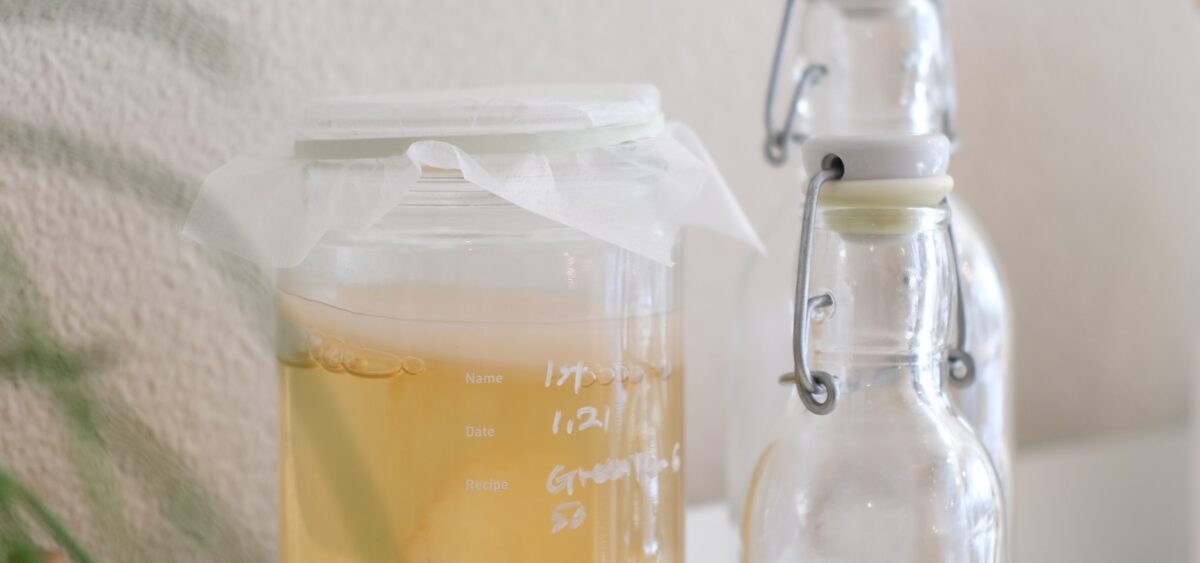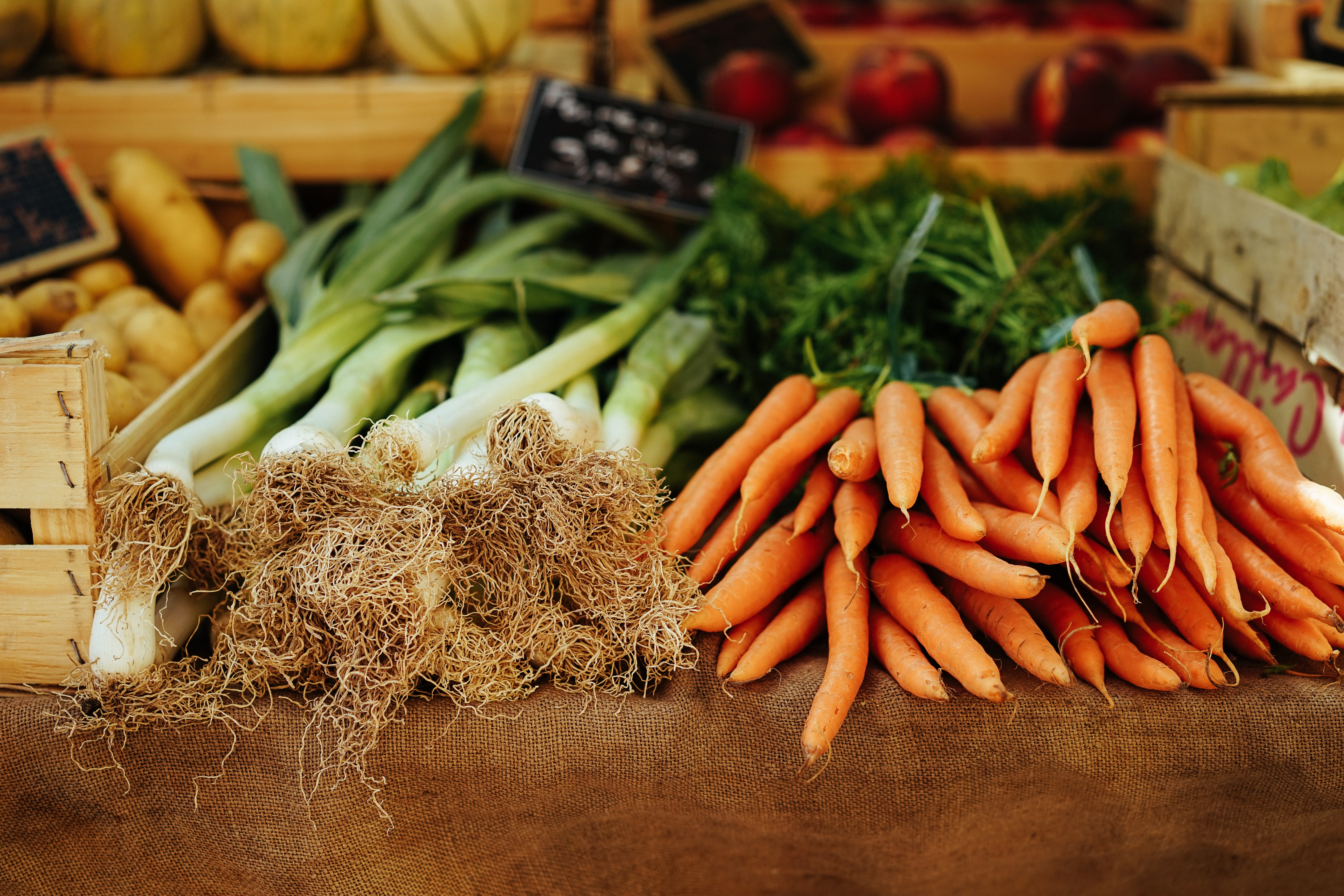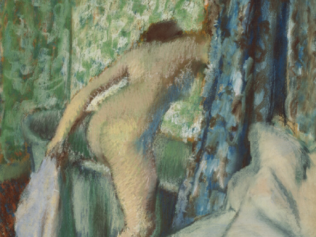
I’ve got a new housemate; it’s growing and fermenting. When it’s ready, I’ll get kombucha and a chance for a new, healthier life.
It arrives in an elegant packet with a drawing of the sun and the concentric lines of the solar system. Instead of leading to the planets, the lines promise energy, harmony, probiotics, strength, immunity and antioxidants. I open the box, there’s an instruction manual at the top. It says that the kombucha will peak between day 10 and 14, and that I can decide myself when I like it the best. The jar should be stored at a constant temperature of 20–25°C. It’s mid-May and I’m in the mountains; the weather outside feels like March, during the night the temperature drops to zero. I decide to hold the brewing off until June.
Meanwhile, I’ve learned from the user’s manual that I should not worry about the slurry and the whitish and brownish efflorescence (it’s yeast, during the pandemic a lot of us have learned how to work with it). I’ve also learned that what I am about to grow is called a SCOBY (it brings Scooby-Doo to mind). This acronym stands for ‘symbiotic culture of bacteria and yeast’. In Poland, it is traditionally called ‘tea fungus’. Apparently, before the war and in the post-war era of the Polish People’s Republic, it used to be quite popular in Poland. I guess the senders of my packet didn’t want to risk scaring people off by calling their product a ‘fungus’ – even though picking mushrooms is extremely popular in Poland, ‘fungi’ nonetheless awaken a primal fear. What I’ve got can live forever. As long as I don’t forget about it and learn how to treat it the right way. I’m still not quite sure what the end result will be. The drink comes from East Asia – in China and Japan it was drunk centuries before the birth of Christ and was widely used in folk medicine.
This is what the process looks like. The SCOBY feeds on the sugar that was added to it and gradually grows. At the same time, the tea ferments; because of this, it contains a small amount of alcohol (0.2–0.5%), which is why kombucha is not recommended during pregnancy. The longer we grow the SCOBY, the more sour the drink. When ready, it contains various organic acids (including folic, lactic and acetic acids), B vitamins, vitamin C and amino acids. Thanks to its live bacterial cultures, it has probiotic qualities and is good for our digestive system – it stimulates metabolism and stops the growth of harmful bacteria. It removes toxins (this is the job of glucuronic acid) and strengthens the immune system. It also has a beneficial effect on our ability to focus, on blood pressure, skin condition, sleep, mental health and the nervous system.
In a study published by the University of Life Sciences in Lublin, we read that kombucha may support the treatment of rheumatism, arthritis, gout, arteriosclerosis, obesity, kidney stones and gallstones. It also gives the body an energy boost to fight chronic diseases, such as cancer.
A jellyfish on the stove
It’s become warmer, so I’m getting down to work. I’ll need: the SCOBY, tea, sugar, a four-litre jar, a measuring jug for water, a pot to boil it all in, a cotton napkin and a rubber band. The set I’ve got includes almost everything, even a biodegradable straw through which I can check if the drink is right for my taste yet. The most intriguing part of the set is obviously the SCOBY – a quick glance, and it becomes clear why the start-up owners have chosen a logo that resembles the Inca image of the sun (which is also connected to the energy that’s contained in kombucha). The SCOBY is round, flat and yellowish, surrounded by floating mucus-like hyphae. It looks nice. A bit like a jellyfish.
I brew the tea in a pot included in the set; I measure out 2.5 litres of cold water and pour it into the jar. I put it on an old tile stove – my new tenant is going to grow next to bowls with veggies. I hope it will make it, because the average temperature in my wooden hut is closer to 16 than 20°C. I add sugar. It seems to me it is too much, but during fermentation almost all of it will be processed and eventually not much will be left in the drink. I pour the tea with sugar into the jar. Now the most interesting moment – I cut open the pouch with the solar mushroom. I sniff it; it smells sour and rather unpleasant. I can’t imagine myself drinking this. Can I touch it? Or will I contaminate it somehow? Curiosity gets the upper hand. A slimy, jelly-like surface, hard at the bottom. Fascinating. I suspect my son would have a field day playing with it.
Splash! The sun-like mushroom lands in the jar. Behind it, a gooey string similar to chalaza (the thing that sticks to the eggshell when you’re trying to separate the egg white from the yolk). I cover the jar with the cotton napkin, secure it with the rubber band and place it in the corner. The sun rays dance inside it; when you stir the tea, the fungus starts swirling around. The almost magical procedure is like something between pickling cucumbers and setting the leaven. Now comes the hardest part: waiting. Am I allowed to take a peek? Or is it like with yeast-baking – am I risking that it won’t rise? Apparently, after only a few days a gelatinous substance will appear on the surface; a new SCOBY. We need to wait at least one week before we can taste it for the first time.
Fermentation is life
In the meantime, I call Aleksandra and Kacper Reiter, the makers of my kit. She is a sociologist and a yoga teacher, he works in IT. They became interested in kombucha in the US, where they lived for 15 years. It was there that Aleksandra first tasted the slightly acidulous drink, straight from the jar. She was offered it by a Russian friend (kombucha came to Europe via Russia, where it is still very popular). They bought ‘mothers,’ with which, after coming back to Łódź, they started growing tea fungus. Each SCOBY spawns jelly-like offspring. For seven years, they’ve been growing SCOBYs for home use and in March they founded their start-up Keep It Simple. The family helps them with growing and packaging the SCOBYs. Everything is hand-made and done in an environmentally-friendly way.

“Fermentation is life,” Ola says. “We want people to feel well in their bodies and it can be achieved thanks to home-made kombucha. Fermentation is the most primal way of food processing. I think our bodies can feel it. When I was about to drink my first sip of kombucha from a jar, I felt a little uneasy. It looks a little odd. But I liked it right away. We started drinking it for pleasure, and later for health reasons. We try to live an eco-conscious life, close to nature. All this combined with kombucha in our everyday diet makes us feel great. We have a lot of energy, a perfect metabolism, in ten years nobody in our family has had to see a doctor, we never take antibiotics.”
They drink kombucha whenever they feel like it, even though in many articles you can read that you should start at 50 millilitres per day (it has a cleansing effect, so it may cause slight headaches or diarrhoea in particularly sensitive people). “I guess the idea behind the small dosage is for the body to get used to it,” Kacper speculates. “I think for starters one glass a day is just right. On a hot day our family can drink several bottles a day. Kombucha is so refreshing!” “Many people,” Ola adds, “use it to lose weight. If that is your goal, you should drink a glass on an empty stomach and wash it down with a lot of water.”
In this family, not just the parents but also their sons (aged 10 and 12) drink kombucha, though some say it should not be drunk by children because it contains alcohol. “These are only trace amounts,” Ola assures me. “We should wait with kombucha until our child eats all foods, but I think even two- to three-year-olds can drink small amounts of it. Our kids love it.”
After five days, I peek into the jar. A gelatinous substance floats around the mushroom sun. At its edges, I can see white spots and in one place something dark. It looks like an embryo from a hen’s egg. The onset of mould? Ola reassures me that it is yeasts that like to congregate like this. Before I ‘set’ it again, I can carefully clean it with my hand. After eight days, I taste the liquid, despite the unappetising fragrance. The taste is neither good nor bad – it’s just acidulous. I don’t feel like having it any more sour, so I pour it into glass bottles, cork them and leave them for two more days to become sparkly. I fish out the jellyfish, put it into a jar that I cover and put in the fridge, (which – as I shall learn later – should never be done to a SCOBY: this way, you cut off its oxygen supply and put it into hibernation; it’s hard to say whether it’s going to wake up, and, if so, in what shape).
More taste
Two days later, the drink has become sparkly and tastes better, a bit like kvass. I’m wondering if it can be prepared with different flavourings. “Of course! This is where the fun starts,” Ola enthuses. “We’re experimenting all the time. Recently, we made a seasonal kombucha with strawberries and rhubarb. It’s also yummy with mango or with pineapple and mint. In fact, all fruit, spices and herbs go well with it. Fruity varieties don’t smell so much of acetic acid. Kombucha tastes best lightly sparkling, flavoured and cooled.”
To brew a flavoured kombucha, we need to prepare the basic version first – no funny business (if you contaminate the solar mushroom, it can start moulding). When it is ready, we put the fruit pieces and herbs into bottles, then pour kombucha over them, leaving some room on top: the drink is still fermenting and producing carbon dioxide. We keep the bottles for two to three days at room temperature, then put them in the fridge. The drink can last as long as three months (or longer, but it will be drier).
The SCOBY, on the other hand, should by no means be kept in the fridge, as we already know – when it enters hibernation, it might mould rather than stimulate fermentation. Instead, we put it in a jar and pour some kombucha over it, so that it has something to feed on. At room temperature, covered with a napkin fastened with a rubber band, it will last four weeks. When it is in this state, we say that the SCOBY is resting in a hotel. Afterwards – if we don’t want to brew more kombucha – we need to feed it some tea with sugar, so that it can survive another month.
Tea from the SCOBY can also be made on the basis of coffee (this variety has its aficionados) and coca-cola (but what’s the point if it’s supposed to be healthy?). In theory, the kit I bought should last forever, but in reality things can go wrong in many ways: you might forget about the SCOBY, go on holiday, or just feel lazy.
I ask Ola what will happen if we keep kombucha for too long: “It will become too acetic to drink. But then you can wait a little longer and use the resulting liquid to clean the hair, face, skin, hands: it has a cleansing and antiseptic effect. If we keep it even longer, it can be used to clean your flat; or as a salad dressing instead of vinegar. Neither kombucha nor the SCOBY can go to waste.”
For now, I have rescued my SCOBY from the fridge. In a few days, when it’s warmer, I’ll try setting it once more. And then I’ll make a ginger and lemon variety, hoping that I will like it better.










